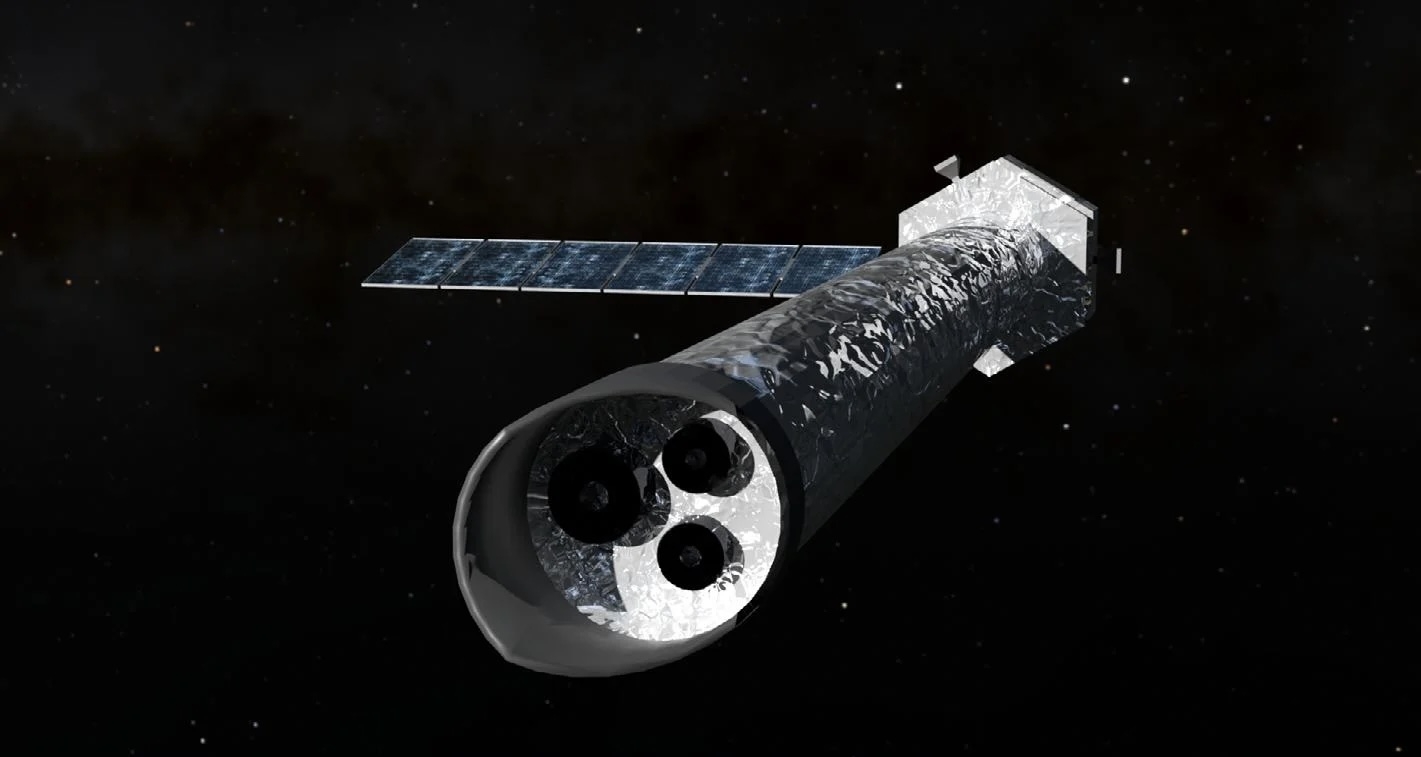HEX-P's sense of ULXs
A new mission concept, HEX-P, will revolutionize the field of ultraluminous X-ray sources.

We are working on a new mission concept, HEX-P. HEX-P is a NASA Probe-size mission that will produce sharp images in the X-rays over a large energy band 0.2-80 keV. It turns out that this mission will be fantastic for the study of Ultraluminous X-ray sources (ULXs).
ULXs are compact objects (like black holes or neutron stars) that are in the process of eating up a nearby (“donor”) star at an incredible rate. Many of them are neutron stars, and this is generally proven through the detection of pulsations or of so-called cyclotron resonance features. All of them show signatures of strong winds, expected during the extreme mass transfer between the donor star and them.
Since ULXs are far away and with many other sources around, it is often difficult to distinguish their emission from the nearby sources. This makes it more difficult to study their spectra and search for pulsations.
HEX-P will make this a breeze. With its three telescopes covering the energy band that now needs two satellites to be investigated (NuSTAR and XMM-Newton), but with much better focussing capabilities, HEX-P will separate the emission of ULXs from the nearby sources making the detection of pulsations and spectral lines much easier.
